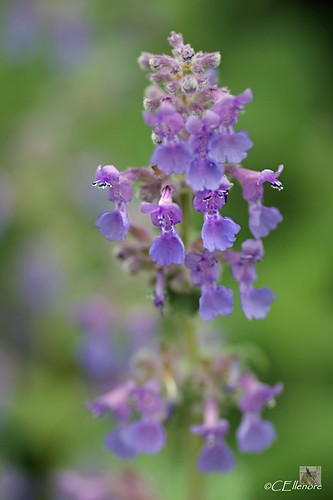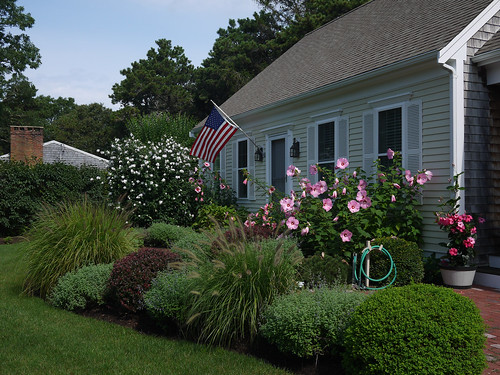Cats love the relaxation of exploring overgrown, jungle-like gardens, bewitched by playful insects and enjoying the scents and textures of a myriad of inspiring plants. The feel inspires a sure hunting instinct in them that lets them roam with passion.
 [b]Catmint[/b]
[b]Catmint[/b]
Exactly what should be included in a orchad in order for it to request for retrial to those fierce feline foragers? Try these straightforward yet clever tips:

(1) Cats are preeminent for adoring the heady scents of catmint, catnip and cat grass. As the names suggest, these selections are the excellent type (wink) to start with. But why not also plant an array of other scented delights? Herbs such as sage, lemon balm, thyme and chamomile will give an whole fragrant cornucopia to your Puss's Paradise.
(2) Plant some larger, bushy shrubs to contribute shade and inspiring nooks to explore. Although it can be a daunting challenge to take non-toxic varieties that won't pose a question for your pets, there are many nonpoisonous choices that are excellent orchad additions. Asparagus ferns, fuchsias, hibiscus, honeysuckle, Norfolk Island pine trees, palms, rose, umbrella trees and others are all considered safe for not only cats but children too!
(3) Your pet will love to catnap after a session of exploring so plant some soft, springy grasses to contribute a comfortable bed. Any of the varieties of mondo grasses, available from your local nursery, would make a good choice.
(4) A great idea to protect your young tree seedlings is to contribute a scratching post, handily positioned for any needed claw-scratching sessions; your trees will thank you for the inclusion!
(5) You want the orchad to have some splashes of color to add some visual interest so consider planting out a flower bed or two to add a dash of vibrancy. considered take annuals and perennials from the following proven safe list. African violets, carnations, dandelion, gardenia, geranium, impatiens, lilac, marigold, pansy, petunia, snapdragon, zinnia. Leave one bedded area clear and well dug, in a secret corner, to encourage toileting activities.
(6) Add a few potted plants and well located rocks for privacy and camouflage purposes and couple perches and look-out posts to let your beloved friend claim the best vantage point in her new domain.
(7) A gather fence as a border may be practical to keep the orchad area contained.
With sensible planning and a bit of practical forethought an inspiring orchad is achievable and affordable for most budgets and need not come to be an overgrown, jungle-like 'cat'astrophe! Happy gardening cat lovers!
Tips For Growing a Cat garden
No comments:
Post a Comment